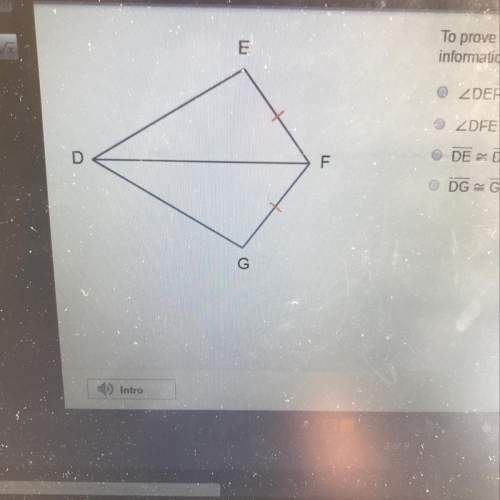
Mathematics, 21.06.2019 15:20, aliceotter2007
Asmall (but heavy) particle placed in a glass of water will follow a zigzag motion because the particle will bounce off of the water molecules it meets. this is called brownian motion. a physicist simulates this on a computer, by varying the distance a particle can travel (called the mean free length), on average, before it collides with a water molecule and assigning the change in motion to be one of 8 directions, each with a similar probability. by running the simulated particle (with the same mean free length) many times she determines that it should take 15 seconds, on average, for the particle to fall to the bottom, with a standard deviation of 1.5 seconds. next she lets a real particle fall through a glass of water and finds that it took 18 seconds. what does she conclude, and why?

Answers: 1
Other questions on the subject: Mathematics


Mathematics, 21.06.2019 16:20, jsbdbdkdkkd5104
Which of the following lines does not intersect the line y=-2x+3 ? a) y=2x b) y=2x-3 c) y=2x+3 d) y=-2x-3
Answers: 2

Mathematics, 21.06.2019 17:30, laurielaparr2930
X-intercept=-5 y-intercept=2 the equation of the line is
Answers: 2
Do you know the correct answer?
Asmall (but heavy) particle placed in a glass of water will follow a zigzag motion because the parti...
Questions in other subjects:



Mathematics, 18.06.2021 16:40




Mathematics, 18.06.2021 16:40

English, 18.06.2021 16:40

Chemistry, 18.06.2021 16:40







